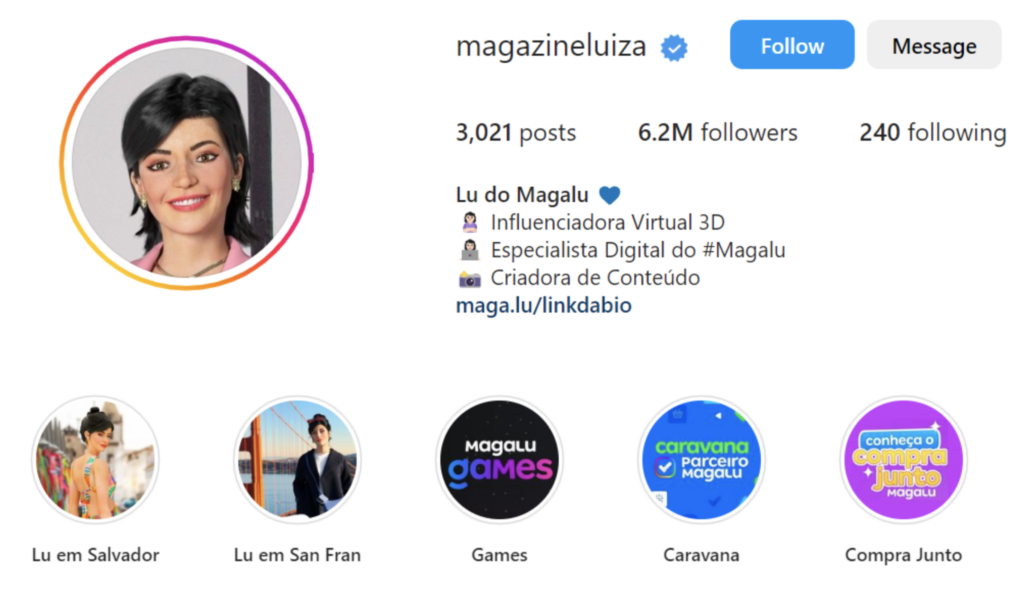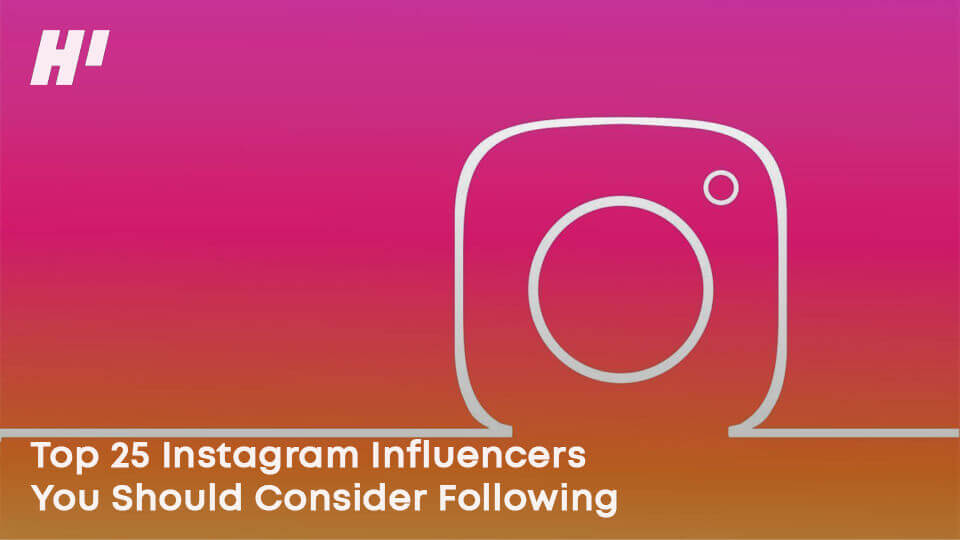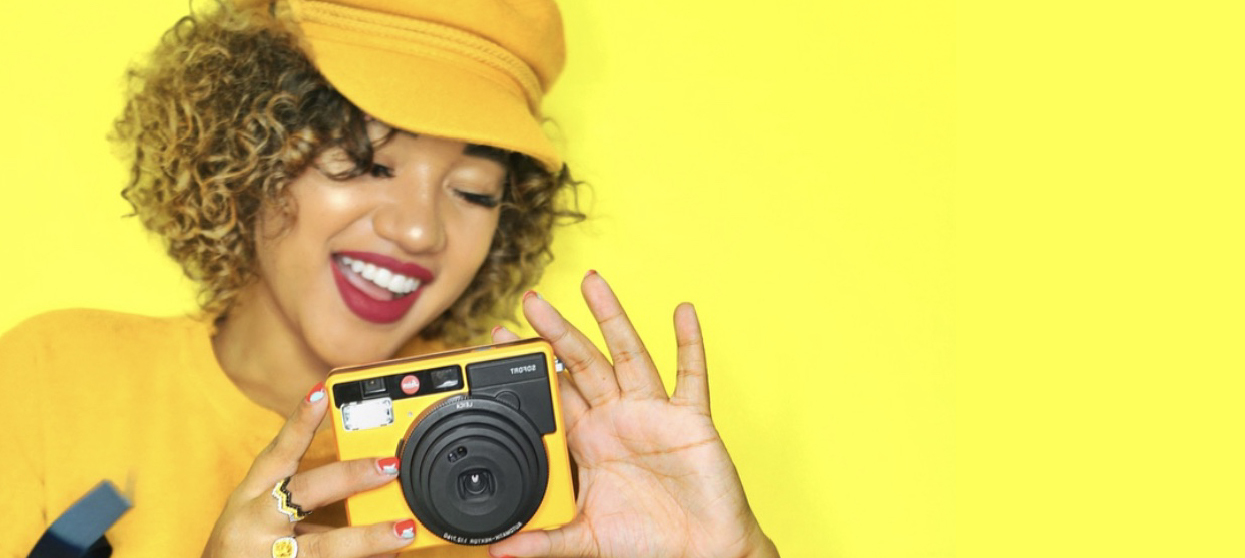Who Was the First Influencer?
The word “influencer” was only added to the dictionary in recent years, but influencer marketing has been around a lot longer.
Table of Contents
- Who Was the First Influencer?
- The First Mommy Bloggers as Influencers
- The Start of Social Media Influencers
- Modern Influencers
- Trends in Influencer Marketing
- Micro vs. Macro Influencers
- Strong Focus on Diversity and Inclusion
- The Rise of Virtual Influencers
- Influencer Marketing Meets Cause Marketing
- The Future of Influencer Marketing
In its most basic form, influencer marketing has really been part of the marketing word as long as word-of-mouth referrals have. Consumers have always relied on the experiences of friends and family to make purchases, or in the absence of that, influential figures like celebrities.
Technically, one of the first influencer collaborations was in 1760. Wedgwood, a potter, made a tea set for the Queen of England.[1] Since the monarchy was an influencer of the time, Wedgwood leveraged the tea set to success with “Royal-approved” branding, elevating it to luxury status.
Many other influential figures can be considered influencers of their time, such as the fashion icon Coco Chanel, Michael Jordan and his celebrity endorsements for sports gear, and Jennifer Aniston and “The Rachel” haircut from the hit show, Friends.
Of course, this isn’t what we know as influencer marketing, which is largely tied to social media and blogs. The earliest influencers began with blogs and grew to microblogging, YouTube channels, and eventually, influencer partnerships.
The First Mommy Bloggers as Influencers
As mentioned, Wedgwood is arguably the first-ever influencer and leveraged his relationship with the Royal Family to success for his brand. But that’s not the start of influencers as we understand them.
The modern-day influencer didn’t start on social media, but it did start in the digital world with mommy bloggers. The first wave of mommy bloggers started in 2002 with Melinda Roberts and TheMommyBlog.com.[2] She gained success by sharing the ups and downs of motherhood, tips, products, toys, and other details to help other mothers with parenting.
Naturally, things escalated from there. Many stay-at-home moms got into blogging about parenthood and sharing insights with other mothers, building a following. Eventually, brands took notice.
Moms began to strike deals with major brands and sold aspirational content and products with personal recommendations, gaining both followings and money for the brand.[3]
The Start of Social Media Influencers
Social media platforms have been around longer than many of us realize, but they didn’t gain widespread use until the past decade. After MySpace, people began to get involved with platforms like Facebook and YouTube, slowly growing a social media presence.
In 2010, Instagram launched and gave users something unique – a platform that was based on images. The earliest influencers began to use Instagram for more than sharing photos of their kids or pets – they saw an opportunity to connect with followers and share product recommendations.
Once paid advertisements were launched, brands were able to connect with influencers across the platform and sell products quickly and easily by leveraging the reach of the influencer.
Another big milestone in social media influencers came with Twitch, a live-stream gaming platform that launched in 2011. Though intended to connect gamers and spectators, it quickly grew beyond gaming to include content from all different types of industries. Gamers can make money playing and endorsing games, while other content creators can use the platform for product reviews and recommendations in other categories.
The next wave in social media came with TikTok in 2016. TikTok was unique among the social media platforms because the content is highly curated and in short-form video, so users have a tailored and entertaining experience. Influencers quickly adopted the platform and found success in new and unique ways, such as promoting brands through song and dance trends or challenges.
Modern Influencers
Though it may go back centuries, influencers will always bring to mind social media content creators with huge followings and plenty of sway over their audiences. With TikTok, YouTube, Facebook, Twitch, Instagram, and more, influencers have a myriad of options for how to engage with followers, and build lucrative connections with brands.
As of 2021, influencer marketing a $13.8-billion-dollar industry.[4] According to Influencer Marketing Hub, 59 percent of brands have a separate budget for content marketing, and roughly 75 percent of them are dedicating it to influencer marketing.
Furthermore, Insider Intelligence forecasted the US influencer marketing spend to reach $4.14 billion in 2022, and growth is expected to continue well into 2023 with campaigns approaching $5 billion.[5]
But what has caused so much importance to be put on influencers today?
The answer is simple – followers of influencers are more likely to trust recommendations from people they believe in.
Most don’t want to feel like they are being sold to or forced to make a decision because of someone else’s agenda. They want unforced, reliable information that helps them make their own choices on a timeline that works for them. This is why influencers are the perfect choice for brands who need to expand their audience without seeming desperate or abrasive.
Authenticity has now become just as important as the product or service being sold. The most successful modern influencers today aren’t individuals who simply look to get their hands on free merchandise or subscriptions in exchange for their potentially viral advertisements.
In fact, turning away potentially lucrative sponsorships in order to stay true to their brand, personal interests, and core values is what helps modern-day influencers build a large audience and maintain credibility over time.
Trends in Influencer Marketing
Influencer marketing is booming and is only likely to grow.
As more companies have come to realize the ROI associated with active influencer partnerships, there are new trends beginning to emerge that have already started reshaping digital advertising landscapes.
Micro vs. Macro Influencers
When it comes to influencer marketing, it can be easy for brands to lose focus on building the “right” partnerships. Even though it may seem more attractive for a brand to partner with well-known celebrities who have millions of followers, micro-influencers, who typically have smaller audiences of 10,000-50,000 followers, can often be equally or even more successful in driving sales.
For many organizations, micro-influencers are more affordable and easier to manage than celebrity influencers, which means brands can get the same level of ROI without having to invest a lot of time or money into it. And because micro-influencer audiences tend to consist of loyal followers who trust their recommendations, they often have much higher engagement rates than their celebrity counterparts.
Strong Focus on Diversity and Inclusion
The last few years have unlocked an entirely new level of awareness when it comes to diversity in the influencer marketing space. Brands are now more cognizant of the message they’re sending when they choose their influencers and campaigns, and representation is becoming increasingly important to consider.
This is especially the case when considering the personal values of modern-day consumers.
As brands search for the right partnerships to make, understanding their target audience and the influencers who best represent them is key. And though many brands still have a long way to go in terms of diversity and representation, it’s safe to say that the awareness and demand for change are here to stay.
The Rise of Virtual Influencers
Virtual influencers, who are completely computer-generated, are starting to gain more traction, and with the advent of the Metaverse and Amazon’s live shopping channel, influencer marketing may become more important than ever before.

While the concept of virtual influencing may seem to some as a gag or a simple exercise in novelty, the hundreds of thousands of followers that virtual influencers regularly acquire say otherwise. If anything, the rise of artificial intelligence and supporting technologies continues to create fresh opportunities for brands to interact with their audiences in creative and even revolutionary ways that set them apart from their competition.
Influencer Marketing Meets Cause Marketing
Today’s brands have an obligation to stand up for causes they believe in, and one of the most effective ways to do this is through influencer marketing. Businesses have the ability to amplify the messages of activists and thought leaders, as well as draw attention to important social issues within their industries.

Source: Instagram
From environmental sustainability initiatives to increased awareness around certain diseases or disabilities, influencer marketing campaigns give brands a platform to use their voices for good, making a real impact beyond merely selling products. For brands brave enough to take a stand on important global issues or risk certain fiscal responsibilities to support charities and other causes, their audience’s reward of goodwill and trust can be truly invaluable.
The Future of Influencer Marketing
The influencer marketing space is always changing, and as the industry evolves, so too will the strategies that brands employ to reach their target audiences.
However, regardless of how marketing strategies grow and evolve over the next decade, history has proven that influencer marketing and its impact on consumer behavior is here to stay. While it can be challenging for some organizations to quickly associate influencer partnerships with tangible ROI, it’s clear that the potential for success is there and worth exploring.
As new trends continue to emerge in the space, brands should remain open-minded when it comes to embracing them.
Sources:
[1] https://www.npr.org/sections/money/2012/05/21/153199679/how-to-get-a-celebrity-endorsement-from-the-queen-of-england
[2] https://globiana.com/author/melinda/
[3] https://www.nytimes.com/2020/04/16/parenting/mommy-influencers.html
[4] https://influencermarketinghub.com/influencer-marketing-statistics/
[5] https://www.insiderintelligence.com/insights/us-influencer-marketing-spending/#:~:text=According%20to%20Insider%20Intelligence%20forecasts,campaigns%20will%20approach%20%245%20billion.





